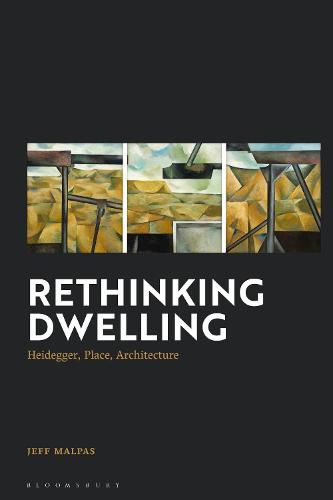Readings Newsletter
Become a Readings Member to make your shopping experience even easier.
Sign in or sign up for free!
You’re not far away from qualifying for FREE standard shipping within Australia
You’ve qualified for FREE standard shipping within Australia
The cart is loading…






Over the last twenty years, Jeff Malpas’ research has involved his engagement with architects and other academics around the issues of place, architecture and landscape and particularly the way these practitioners have used the work of Martin Heidegger.
In Rethinking Dwelling, Malpas’ primary focus is to rethink of these issues in a way that is directly informed by an understanding of place and the human relation it. With essays on a range of architectural and design concerns, as well as engaging with other thinkers on topics including textuality in architecture, contemporary high-rise construction, the significance of the line, the relation between building and memory and the idea of authenticity in architecture, this book departs from the traditional phenomenological focus and provides students and scholars with a new ontological assessment of landscape and architecture. As such, it may also be used on other ‘spatial’ or ‘topographic’ disciplines including geography, sociology, anthropology, and art in which the ‘spatial turn’ has been so important.
$9.00 standard shipping within Australia
FREE standard shipping within Australia for orders over $100.00
Express & International shipping calculated at checkout
Over the last twenty years, Jeff Malpas’ research has involved his engagement with architects and other academics around the issues of place, architecture and landscape and particularly the way these practitioners have used the work of Martin Heidegger.
In Rethinking Dwelling, Malpas’ primary focus is to rethink of these issues in a way that is directly informed by an understanding of place and the human relation it. With essays on a range of architectural and design concerns, as well as engaging with other thinkers on topics including textuality in architecture, contemporary high-rise construction, the significance of the line, the relation between building and memory and the idea of authenticity in architecture, this book departs from the traditional phenomenological focus and provides students and scholars with a new ontological assessment of landscape and architecture. As such, it may also be used on other ‘spatial’ or ‘topographic’ disciplines including geography, sociology, anthropology, and art in which the ‘spatial turn’ has been so important.